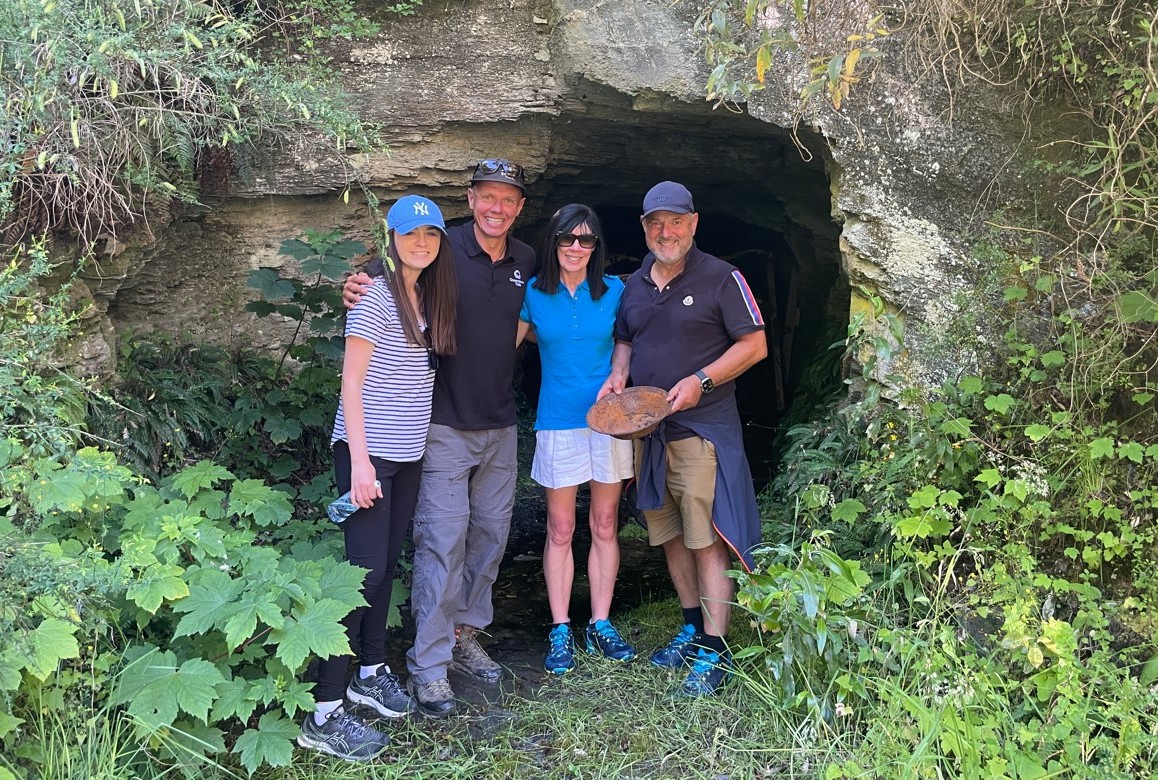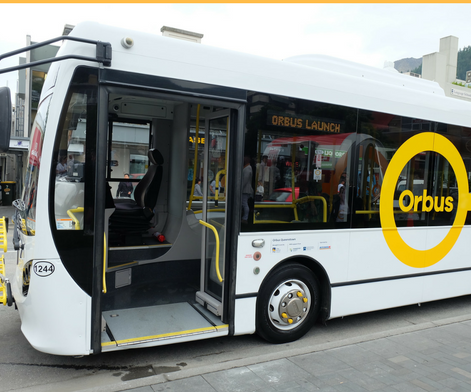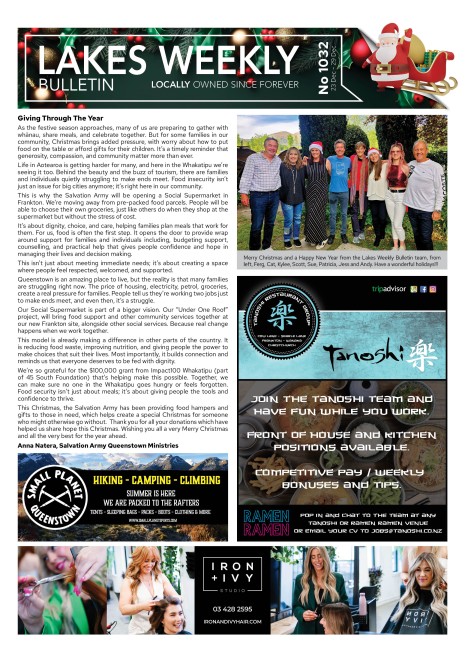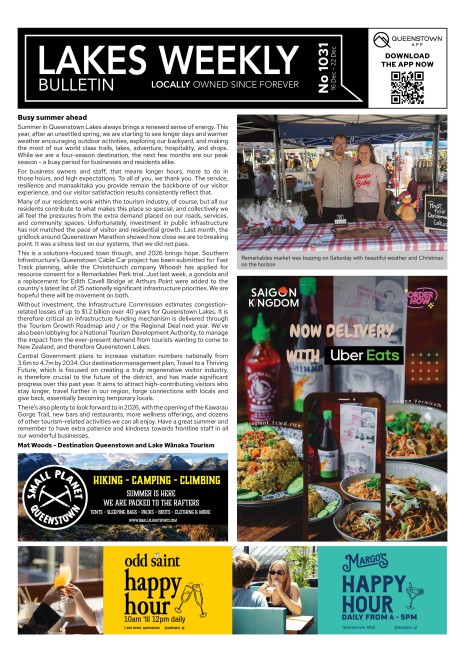Huge donation for trail tunnel

Arrowtown-based Hugo Charitable Trust has donated a whopping $735,000 to cover the restoration of the historic gold mining tunnel on a new Queenstown trail.
The tunnel at Big Beach, lower Shotover Gorge, will be one of the centrepieces of the new Shotover Gorge Trail that connects Arthurs Point to Frankton.
Queenstown Trails CEO Mark 'Willy' Williams says work is well underway on the trail, which forms the second stage of the trail expansion project linking the northern side of the Whakatipu Basin to the wider trail network. The restored tunnel will be officially named the Hugo Tunnel, in recognition of the generous contribution.
"The Hugo Tunnel is set to become a must-visit locations on the trail, it will be a unique experience to ride or walk through the tunnel, and gold mining history is an integral part of how our region has developed," Williams says. "Being able to restore and repurpose this unique part of our heritage has been made possible thanks to the vision and the generosity of the Hugo Trust."
The Hugo Charitable Trust was founded in 2017 by Maryanne Green, to continue the philanthropic work of her father, Hugh Green. He had emigrated to New Zealand from Ireland and, with Barney McCahill, formed Green & McCahill Ltd, which grew to become one of the best known civil construction companies in the country. Green & McCahill Ltd completed some of NZ’s most significant civil construction projects including a long list of major tunnels.
"Hugh Green would have well understood the hard work and toil that went into building this tunnel," Hugo Chair and Trustee Mark Owens says. "We have walked the trail to the tunnel entrances and we were very impressed with the stunning terrain and views. The new trail and tunnel will be a fantastic asset for the community, to be enjoyed by many locals and visitors to the region."
Since 2017, the trust has donated more than $16 million to charitable causes around New Zealand, from its Arrowtown head office, including many local causes.
The 108m-long historic mining tunnel is located near the mouth of the lower Shotover Gorge. It was constructed in 1862 by the Kawarau Diversion Syndicate, using drilling and blasting techniques which are still visible in the tunnel walls today. The syndicate planned to dam the Shotover River, so the water would flow through the tunnel. This would generate hydro-electric energy to power a gold-mining dredge at Big Beach. But the project was eventually abandoned as the tunnel was considered too small, and located at a level that was too high to accommodate the river.
Tunnel restoration works include stabilisation of the tunnel portals, removal of rock-fall material, installation of rock bolts, structural anchors and mesh and construction of the new trail surface. Archaeologists will be involved to identify and catalogue historic artifacts throughout the works.
Queenstown Trails raised an incredible $242,567 through its May Trail Lovers fundraising campaign, which included sponsorship of planks on the planned 92m Kimi-ākau suspension bridge, another feature of the Shotover Gorge Trail.
Kicked off by long-time trail supporters Julian and Lizanne Knights, and supported with a mix of local business, individuals, families and groups like the Queenstown Pedalers, all 110 planks of the bridge deck were sponsored, at a cost of $1500 each.
The trail project, including the tunnel and bridge, is expected to be completed this summer.
Council cash for community groups
Almost $5 million in grants have been awarded to 69 community groups and not-for-profit organisations by Queenstown Lakes District Council.
The funding covers up to three years of operational or project funding, from 2024 to 2027, and has been allocated from the QLDC Community Fund.
Whakatipu Wilding Conifer Control Group receives the largest grant of $450,000 annually for three years, with other recipients including Community LINK, Happiness House Whakatipu Youth Trust, Kāhu Youth Trust, WAI Wānaka, Queenstown Trails Trust and KiwiHarvest.
"We realise there are growing challenges and pressures on community groups due to the current economic climate and rising operating costs," QLDC Community Partnerships Manager Marie Day says. "A significant portion of the grants provided were to support operational funding to sustain the ongoing activities and administration to help these organisations keep doing valuable work in our communities.
"Their efforts will greatly benefit our community, enhance wellbeing and foster a stronger, more connected district."
Some 94 applications were made to the multi-year fund. Full details of fund recipients are available on the Council’s website at www.qldc.govt.nz/community-funding.








